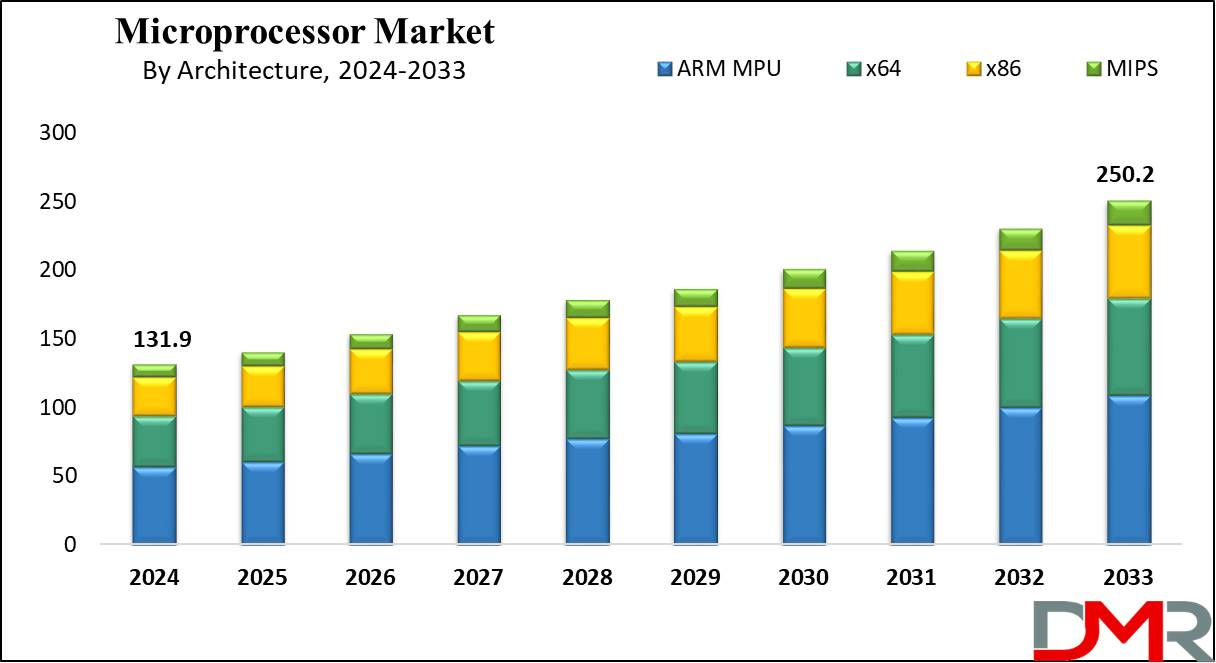The microprocessor market, a cornerstone of technological advancement, has recently witnessed a significant evolution, primarily driven by industry titans Intel and AMD. In a landscape dominated by innovation, these two companies have made remarkable strides in refining their processor architectures, leading to a new era characterized by speed, efficiency, and versatility.
Intel, long regarded as the grandfather of microprocessors, has taken considerable measures to regain its competitive edge. With the introduction of the Alder Lake architecture, Intel has embraced hybrid technology, which integrates high-performance cores with energy-efficient ones. This innovative approach not only maximizes processing power but also enhances energy conservation, a critical factor in an age increasingly mindful of ecological footprints. The unprecedented performance of their 12th-generation processors signifies a monumental shift, catering to both gamers and professionals who demand superior multitasking capabilities.
Meanwhile, AMD has surged forward with its Ryzen 5000 series, which has transformed the competitive dynamics. By leveraging a 7nm process technology, AMD has dramatically increased its throughput while minimizing thermal output. This efficiency has allowed AMD to capture a substantial share of the market, appealing to both budget-conscious consumers and high-end enthusiasts alike. The architectural advancements embodied in the Zen 3 architecture highlight AMD’s commitment to delivering exceptional performance and value, making it a formidable contender against Intel’s offerings.
The rivalry between Intel and AMD is punctuated by a fascinating interplay of technological innovation and market strategy. Observers often note that these advancements go beyond raw numbers and specifications; they reflect deeper shifts in consumer expectations and computing paradigms. The evolving needs of users, from casual gaming to intricate scientific simulations, underscore a growing demand for processors that can adapt seamlessly to diverse tasks.
Moreover, the impact of these advancements is amplified by the burgeoning fields of artificial intelligence and machine learning. Both companies have recognized the necessity of optimizing their processors not merely for traditional computing tasks but also for instructing machines in complex algorithms. Intel’s focus on deep learning capabilities and AMD’s integration of AI-driven features into their architecture exemplify how the competition is steering towards a future where microprocessors serve as the backbone of intelligent systems.
As we delve into this narrative, it is evident that Intel and AMD’s progress in the microprocessor market is not simply a tale of technological rivalry; it reflects a broader quest for innovation that resonates across various sectors. The implications of their advancements extend beyond performance enhancements; they are shaping the future of computing and enabling new capabilities that will redefine our interaction with technology. In a world increasingly reliant on seamless connectivity and powerful processing, the strides made by these giants are more than commendable—they are integral to thrusting us into a new epoch of digital transformation.
